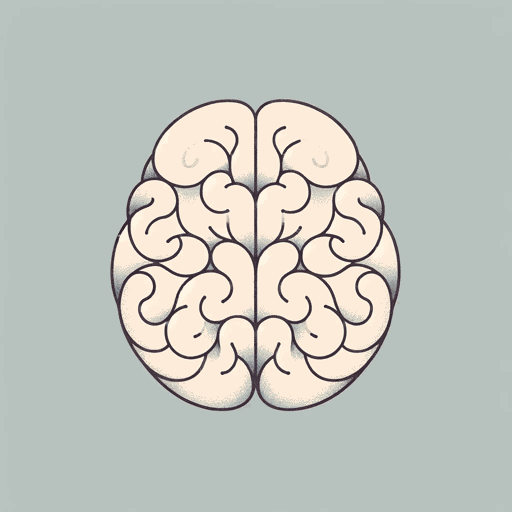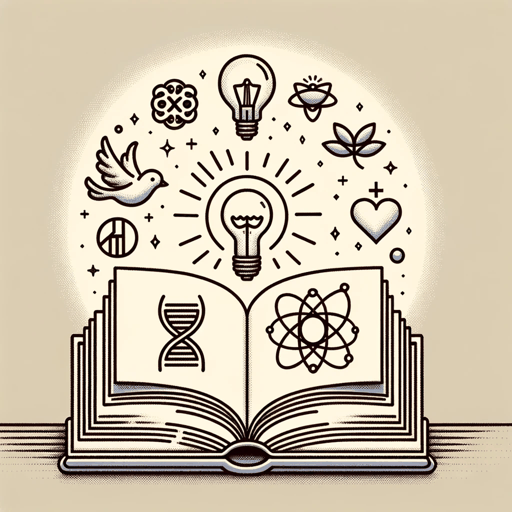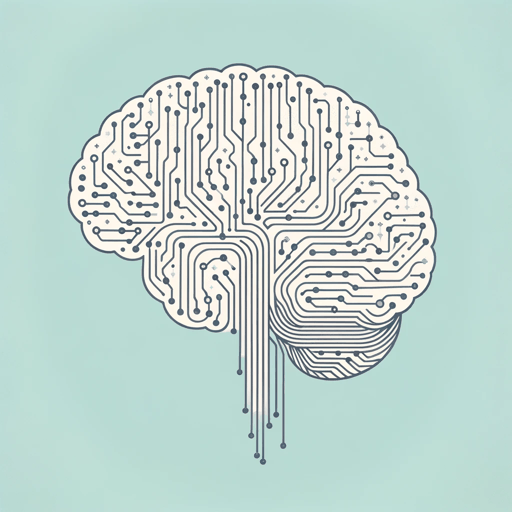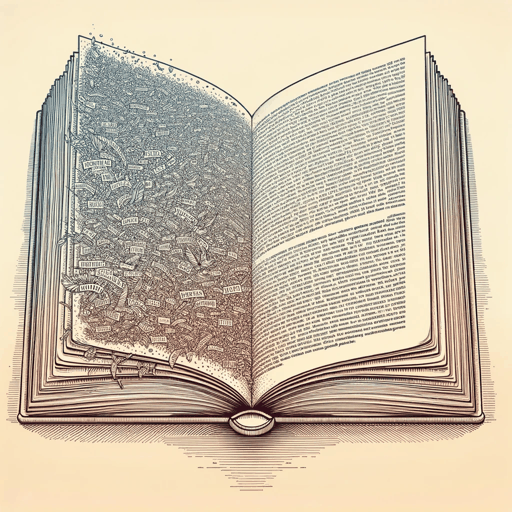54 pages • 1 hour read
Steven PinkerThe Blank Slate
Nonfiction | Book | Adult | Published in 2002A modern alternative to SparkNotes and CliffsNotes, SuperSummary offers high-quality Study Guides with detailed chapter summaries and analysis of major themes, characters, and more.
Parts 5-6Chapter Summaries & Analyses
Parts 5-6
Part 5 Summary: “Hot Buttons”
In the book’s final section, Pinker explores issues, including politics, violence, gender, children, and the arts, on which people hold fixed opinions. He writes that assumptions about our nature as humans are folded into these opinions. His goal is to find common ground in these ideologically heated areas.
Chapter 16 Summary: “Politics”
There have traditionally been two ways to understand society. The first is the sociological tradition, which views society as cohesive (Plato, Marx, and others fall into this camp). Reciprocal altruism is the idea of the social contract in biological terms. Social groups are an evolutionary outcome in which the benefits of living together outweigh the costs.
On the other hand, the economic or social contract tradition views society as the arrangement of self-interested people (Smith, Hobbes, and others). This second approach aligns with the theory of evolution since it emphasizes an individual’s motivation to benefit itself.
The sociological tradition has clashed with scientific understandings of human nature, and the rift between the political right and left more or less aligns with the division between the social contract and the sociological division.
According to American social theorist Thomas Sowell, there are two visions of human nature and its constraints: (1) the Tragic Vision, which considers people to be limited in knowledge, and (2) the Utopian Vision, which considers humans to be limited by social arrangements.
Related Titles
By Steven Pinker






